Writer’s Corner: Creating characters with depth
Posted: September 4, 2023 Filed under: Character Development, Fiction, Writer's Corner, Writing | Tags: Character Development, Fiction, Writer's Corner, Writing to be Read 5 Comments
Character Development
Masterclass Articles offers eight tips for character development: establish motivation and goals, choose a voice, do a slow reveal, create conflict, create backstory for important characters, give characters believeable traits, create a visual image of characters, and give supporting characters conflicting traits. While these are all useful tips in character development, and they all kind of mesh in together, although the reveal, the visual image, and the supporting characters have more to do with the presentation of your character to readers once you have a fully developed character. You can read the full article here: https://www.masterclass.com/articles/how-to-develop-fictional-characters#4Zt0GK2DaQjsNILtGsWJYO
There are many ways to grow and discover your characters. We will talk about two methods of character development here. One method I use are character triangles, which give characters motivation and goals. And Shadow Theory is useful in creating a history and backstory for your characters, and are useful in determining what the points on your character triangle are. Determining your characters fears or flaws attributes them with believable and relatable traits.
Character Triangles
It is important that a writer creates unique and interesting characters by giving them a history, and both internal and external conflicts that are similar and relate to the theme. No one wants characters which are flat and two-dimensional. In order to write characters with depth you must know what their motivations are, and for that, characters must have a good idea of their background or where they’ve come from, and where they are going, or what their dreams are, in order to understand who they are in your story.
Let’s take a look at one of my characters from a horror screenplay that I wrote. During the writing, I found that the characters in this piece lacked depth, and I will take you through the process I used to make them more complex and well rounded. The screenplay now sits in a virtual trunk somewhere and will likely never see the light of day, but for the purposes of demonstrating how more depth might be revealed in a character, it serves my purpose well. This is the format we use introduce a character in a screenplay, but I find it helpful to use in my fiction writing, enabling me to see how fleshed out my characters are. The words in parenthesis indicate the function a trait serves (want, need, or fear/flaw) on the character triangle, which I use to determine character motivation.
My protagonist, Justine Avery is a young journalism student who goes to stay at a purported haunted house on a dare.
This was my origianl introduction for the protagonist: JUSTINE AVERY – 24, naive, fresh out of college with a degree in video/cinematography, she thinks the chance to work on Kaylee’s documentary might be her big break (want), so she wants this gig more than anything, bad enough to take it even though she’s scared to death of what might happen (fear). She needs to keep her integrity, so she can look at herself in the mirror every morning.
Now here’s the rewrite I did to try and deepen Justine’s character: JUSTINE AVERY – 24, naive, fresh out of college with a degree in video/cinematography, she thinks the chance to work on Kaylee’s documentary could lead to her big break into the business (want), so she wants this gig more than anything, bad enough to take it even though she’s scared of blowing it (fear), because of her low self-esteem and an inability to believe in herself and her abilities (flaw). She needs to learn to believe in herself and have confidence in her talent and skill.

I think this version is a little better. I changed her fear and I gave her a fatal flaw which could be her downfall unless she can triumph over it. (And the fear is directly connected with her flaw, which ties in with my theme: Self-Reliance. This offers her the potential for the needed transformation in the scene where her boyfriend, Mitch, forbids her to go on the gig and she chooses to walk away.)
It shouldn’t take much to also work in the details of her added backstory, which isn’t in my original bio for her: Raised by controlling, overbearing parents, she learned early in life that it is easier to go with the flow than to risk tipping the boat over with resistance. Currently in a relationship with Mitch, an overbearing, controlling guy who managed to turn their first overnight date into his moving in party so smoothly, Justine still isn’t sure how it happened. Mitch is verbally and emotionally abusive to her, but he derides her so much, she has come to believe the things he says about her and she harbors huge doubts about her own self-worth.
Justine is beginning to seem more like a character with some depth and we can get some idea of what motivates her actions. Allowing her a flaw of low self-esteem not only turned her into an imperfect human, but it offers her the choice of staying in a stagnant relationship and continuing to employ behaviors which are no longer effective, or transforming into the self-reliant woman hinted at in that early scene with Mitch. It is much clearer now what her arc will be, and it’s all tied in with the theme.
The character triangle which I use represents this transformation loosely, depicting the character’s want and need, which are not the same, although the character may believe that they are, and their fear or flaw, which is an obstacle to be overcome in order to achieve the character’s want. The want is the concious desire that motivates the character, while the need may not be so obvious, because their need is subconcious and the character may not realize that their need exists. The need is what the character ends up with, and is often in opposition to what the character desires.
Shadow Theory
Another method that seems to work well in creating in-depth or complex characters is the shadow theory of character building, which is the idea which delves into the hidden or repressed aspects of a character, and these traits usually play a part in the character tranformation which must occur for the character to complete their arc. I’ve been experimenting with incorporating this method into my own character developemnet.
This theory claims that traits that are apparent on the outside, have an exact opposite trait residing on a subconcious level, and the two opposites may be in conflict-kind of like the two little guys sitting on the character’s shoulders, telling him what to do. This type of depth is often revealed through subtext, because the dialog is what the character says, but it may conflict with what they are actually thinking.
K.M. Weiland explains it this way – “I call this trick shadow theory, and it’s simply this: whatever is visible in a person’s external personality is an indication that the exact opposite resides in the shadow.” You can learn more about the shadow theory, which stems from the theories of human behaviors developed by Carl Jung and how to use shadow theory to create deeper and more complex characters here: “How to Create Insanely Complex Characters Using “Shadow Theory”“
Both of these methods can be used to delve into your characters and give them depth and complexity. I have used just the character triangle to shape my characters
In next month’s segment of “Writer’s Corner”, we’ll talk about the visceral portrayal of your characters , which will cover the Matips we didn’t hit on here, so be sure to drop by.
________________________________________________________

For Kaye Lynne Booth, writing is a passion. Kaye Lynne is an author with published short fiction and poetry, both online and in print, including her short story collection, Last Call and Other Short Fiction; and her paranormal mystery novella, Hidden Secrets; and book 1 of her Women in the West adventure series, Delilah. Kaye holds a dual M.F.A. degree in Creative Writing with emphasis in genre fiction and screenwriting, and an M.A. in publishing. Kaye Lynne is the founder of WordCrafter Quality Writing & Author Services and WordCrafter Press. She also maintains an authors’ blog and website, Writing to be Read, where she publishes content of interest in the literary world.
___________________________________________________
Want exclusive content? Join Kaye Lynne Booth & WordCrafter Press Readers’ Group for WordCrafter Press book & event news, including the awesome releases of author Kaye Lynne Booth. She won’t flood your inbox, she NEVER sells her list, and you might get a freebie occasionally. Get a free digital copy of her short story collection, Last Call and Other Short Fiction, just for joining.




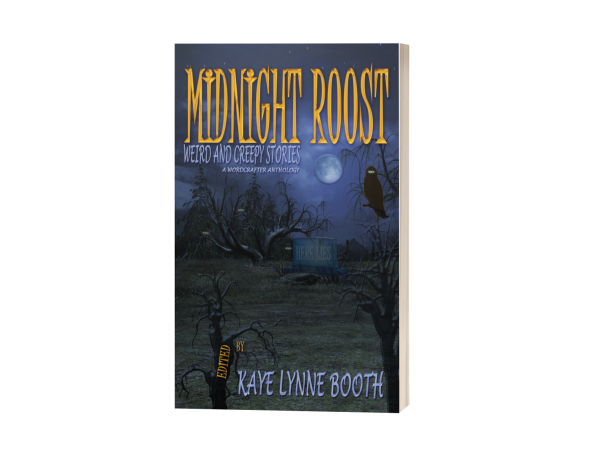



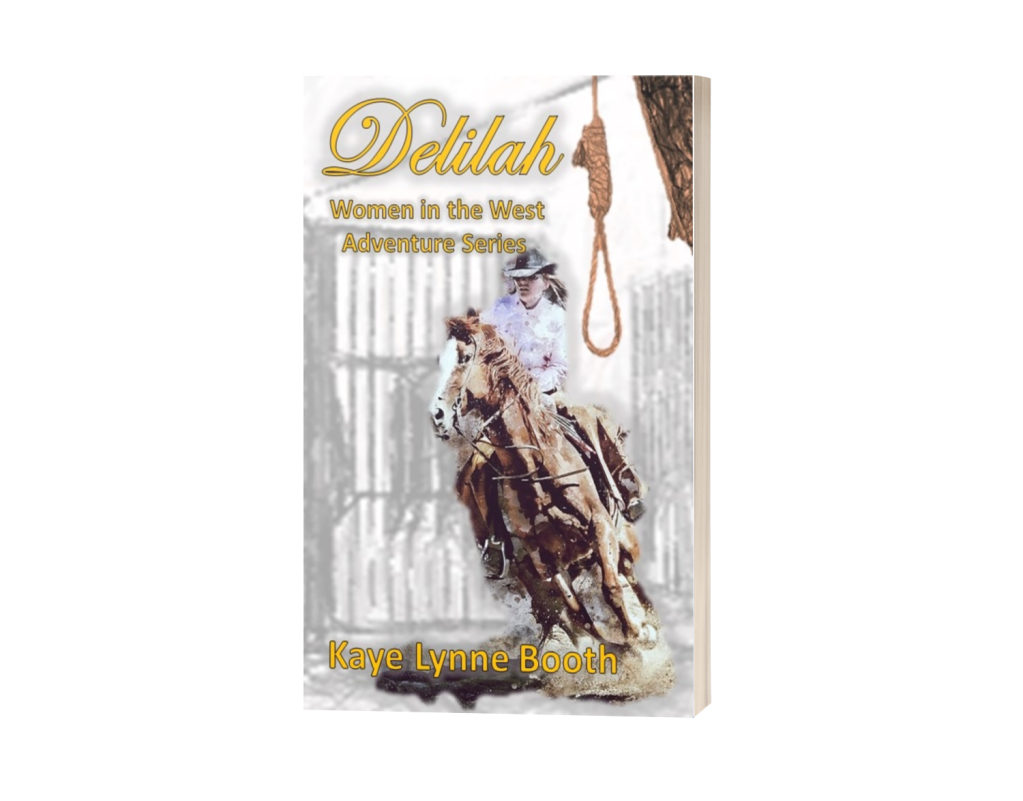
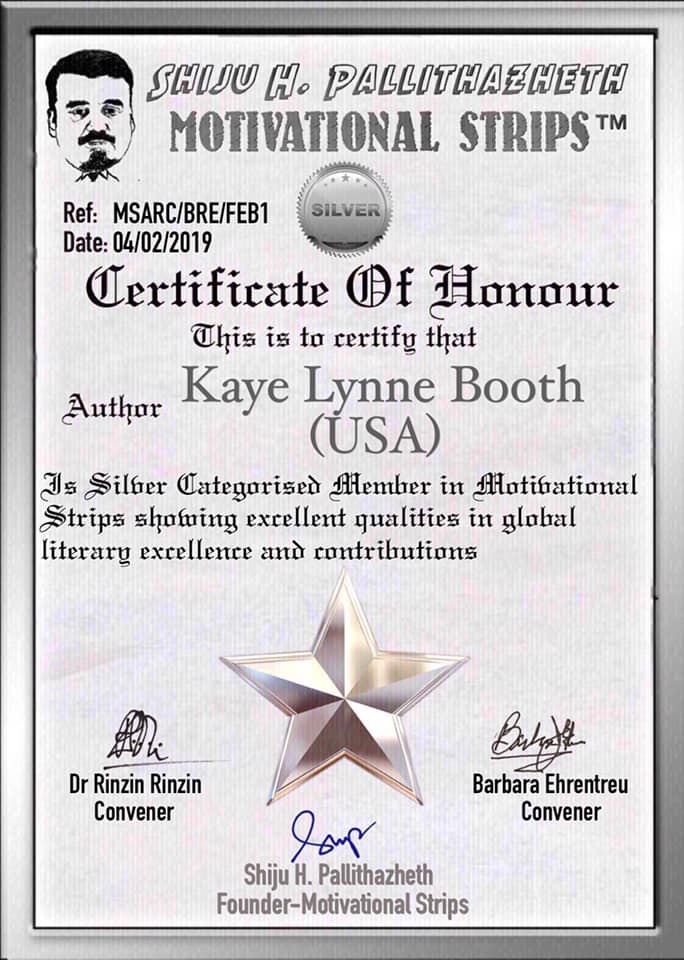
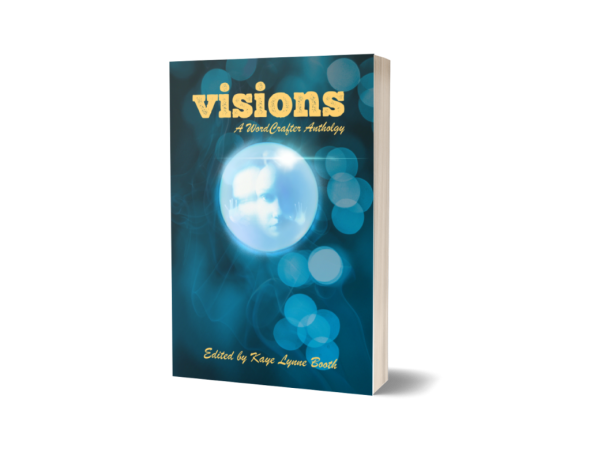


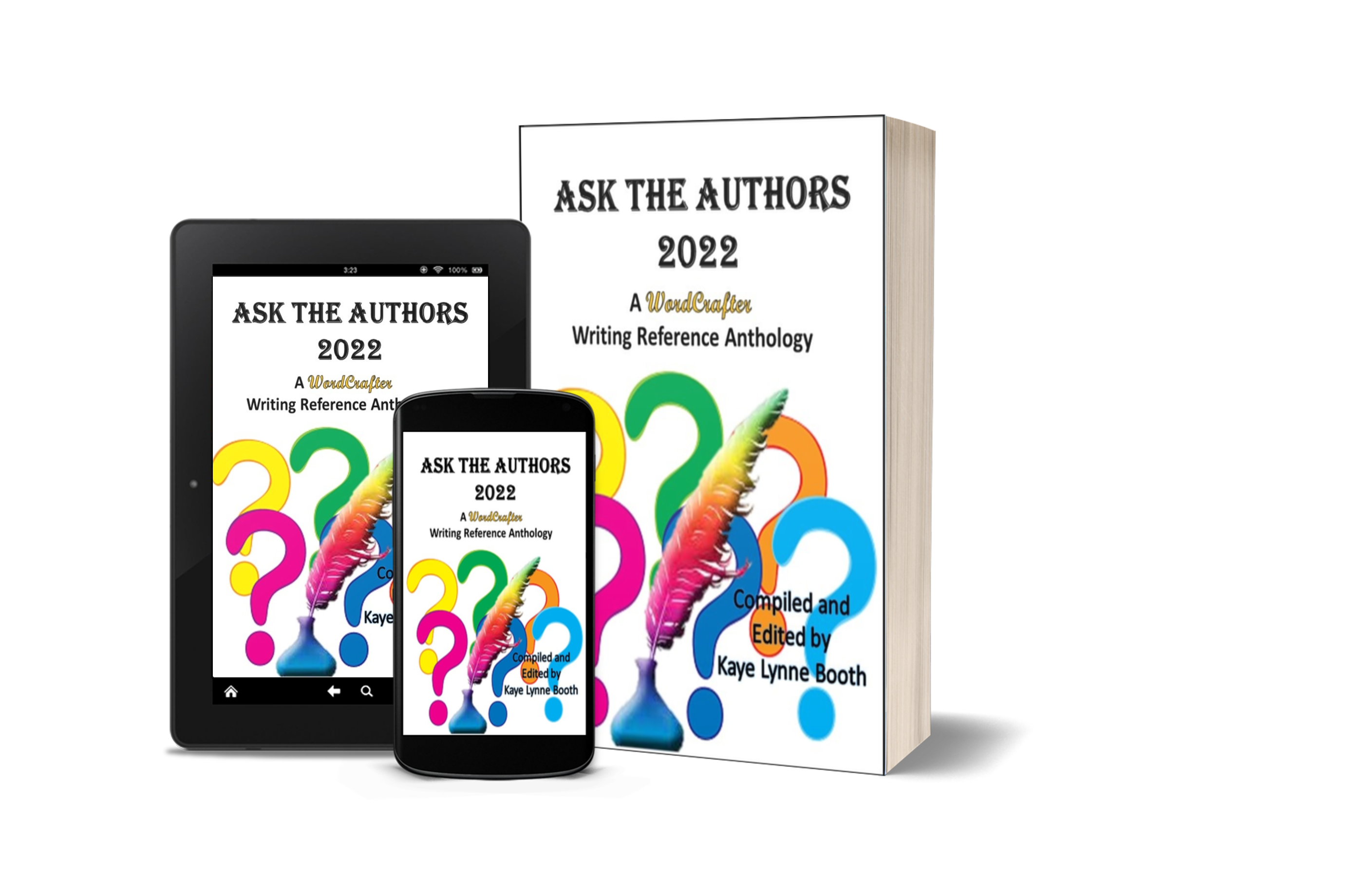
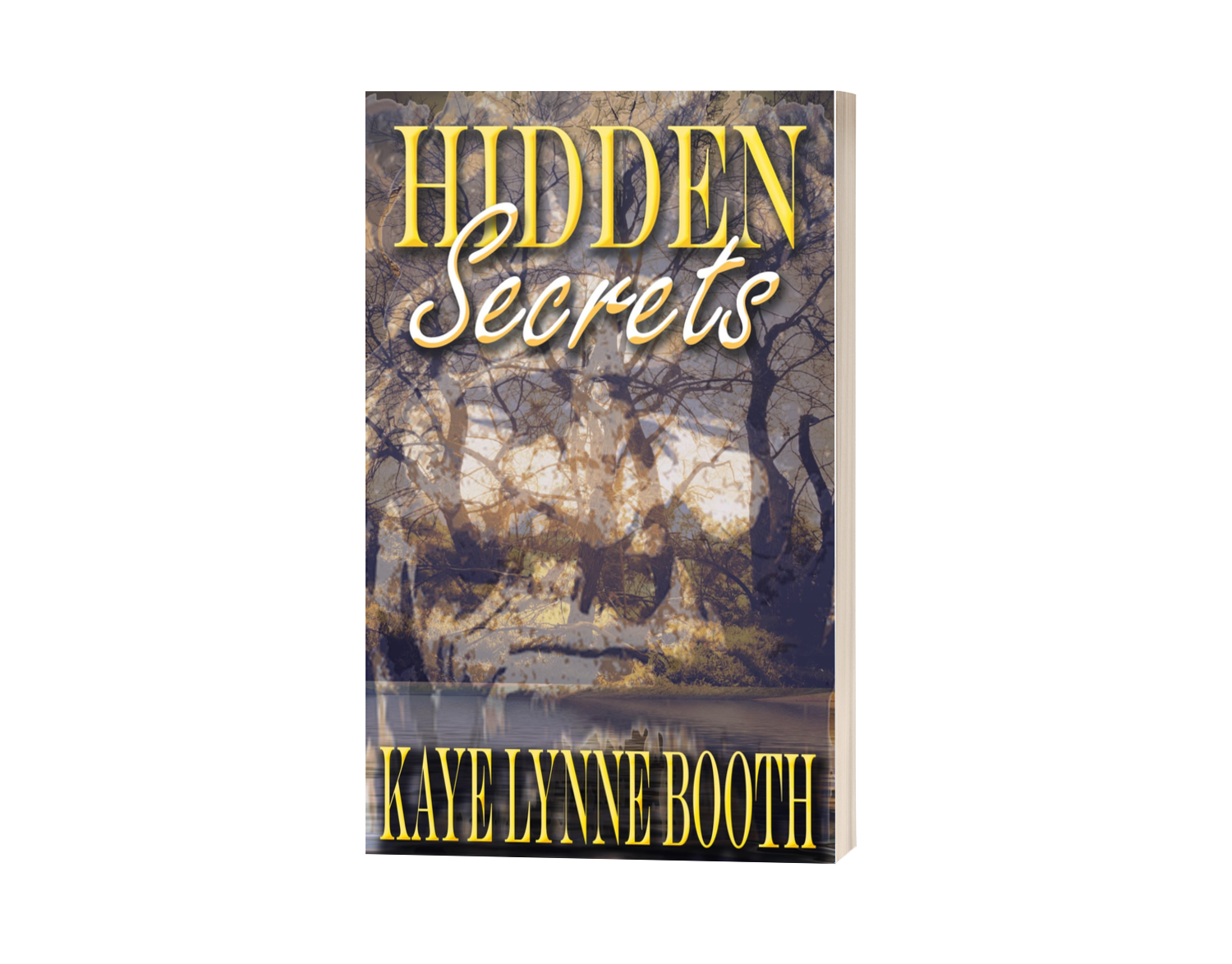
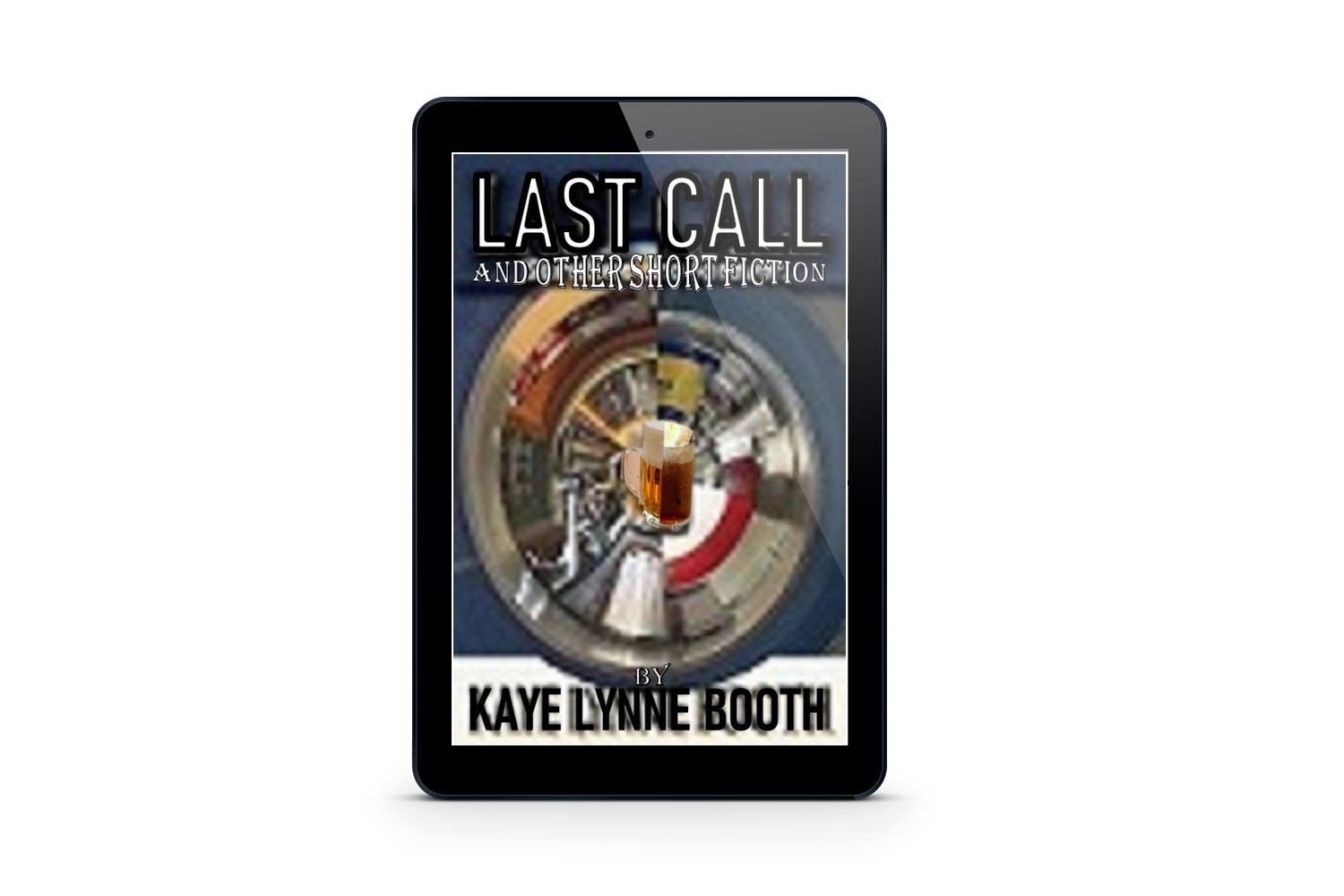
I learned so much reading your article about creating characters with depth. Thank you for posting this. I’m always looking for ways to improve my writing.
LikeLiked by 1 person
So glad you found it helpful, Kymber. ☺️
LikeLiked by 1 person
Hi Kaye, a great discussion about developing interesting Characters. Thanks for sharing.
LikeLiked by 1 person
Glad you enjoyed it Robbie. I hope you found some of it helpful. 🙂
LikeLiked by 1 person
[…] post has been a long time in coming. It was promised back when I posted “Writer’s Corner: Creating Characters with Depth” back in September. I finally got back around to tackling this subject, so let’s delve […]
LikeLiked by 1 person